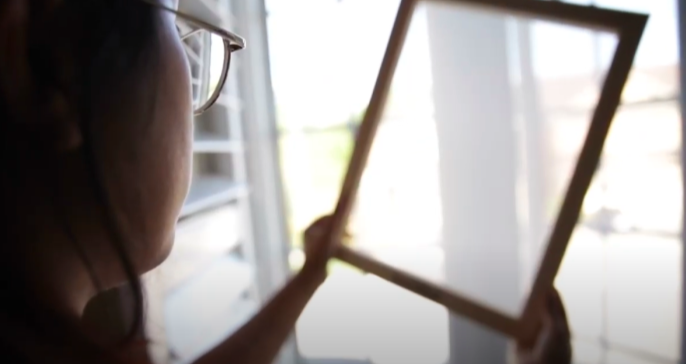It’s hardly new information that York, along with most other institutions, has opted for an online fall semester considering the current global pandemic. Students everywhere have been rolling out of bed and onto Zoom University, but how do online academics work for York’s visual arts students?
Associate Professor Yam Lau teaches studio courses in visual arts at York. He explains the changes he made to his course as “adapting the exact curriculum into eClass format.” He points out two advantages to online school for visual arts education being the way information and work are easily and largely being documented, and how Zoom allows for “the ‘democratic’ allocation of ‘real estate,’” according to Lau.
“Every participant (including the professor/instructor) is allotted the same digital real estate. They ‘see’ themselves and are made aware of their action. They are equally presented frontally as potentially engaged agents. This is very different from the asymmetrical allocation/direction of space and attention in an in-person teaching context, including the seminar.”
Do students also see these advantages or are they outweighed by the disadvantages?
Danielle Wenger, who specializes in painting, embroidery, and drawing in visual arts at York, points out how this year’s “course offerings in visual arts have been altered drastically.”
“Disadvantages include a disoriented sleep schedule, poor mental health (as sitting in the same chair, in the same room for over five hours can drive someone mad), a longing for a physical community, the inability to access traditional studios, and a deep feeling of loss for this school year.”
“I found that the advantage of these changes is that I’m saving time on commuting to school, but otherwise I have found there to be more disadvantages than advantages. Instead of being in the studio, (rightly so) I find myself on four-hour long Zoom calls, having to complete large drawing assignments in my room, with critiques being done in breakout rooms,” Wegner explains.
Wegner is not the only one feeling the Zoom fatigue. Therisha Santos is a digital and silkscreen artist at York. Santos focused on health and well-being when commenting on advantages and disadvantages to online school.
“An advantage is I can wear my pyjamas. Disadvantages include a disoriented sleep schedule, poor mental health (as sitting in the same chair, in the same room for over five hours can drive someone mad), a longing for a physical community, the inability to access traditional studios, and a deep feeling of loss for this school year.”
Another student, Cassandra Tremblay, is a visual arts major with a love for printmaking. She says that online school is a huge disappointment for her. Tremblay is relieved by the recent announcement of her winter semester print-making class being in-person, explaining that “with printmaking, you need acid, large presses, an array of tools, all of which is impossible for students to gather in their homes unlike with painting, where one can easily transfer their canvas and paint brushes.”
More and more students, especially in hands-on courses like these, are starting to hear that their winter courses will be held in-person. Only time (and the case count) will tell if these artists will really be allowed back on campus in January.


